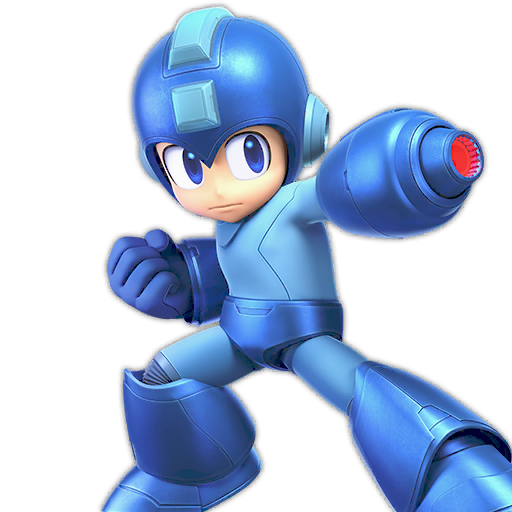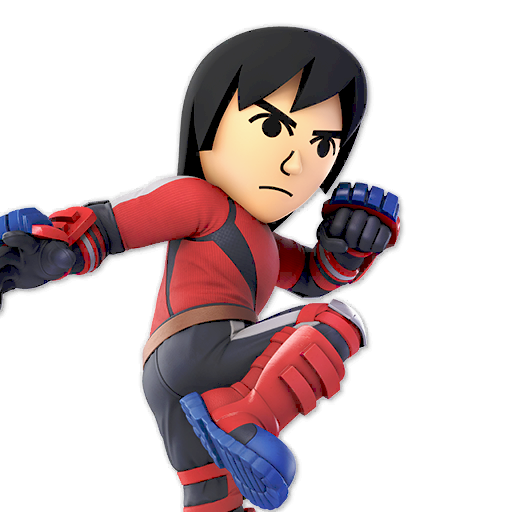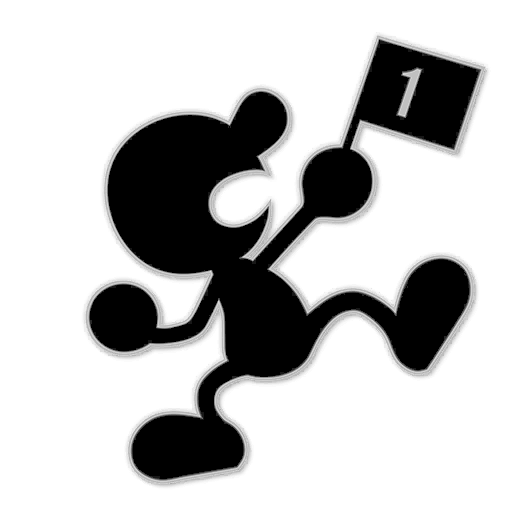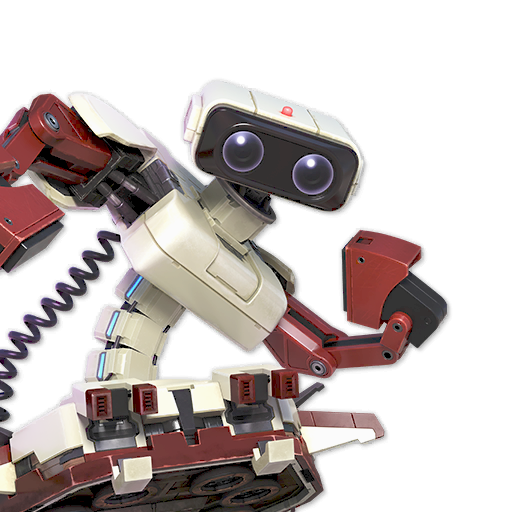The Importance (or Lack Thereof) of Relative Reaction Time
Folk knowledge in unavoidable in any community. One such piece of folk knowledge in the Smash community -- and presumably most competitive gaming communities -- revolves around the notion of reaction time. Having good reaction time is heralded as one of the defining features of a top player.
Having said that, something has always struck me as peculiar: historically, whenever a player responds to something with what is alleged to be a completely extemporaneous action, that action never quite seemed to fall in the realm of feasible reaction time ranges. In other words, what was regarded as a godlike reaction was simply too fast to have genuinely been a reaction -- in most cases, anyway.
Beyond that, response time to stimuli is generally regarded as a genetic inheritance. This, coupled with the aforementioned folk knowledge-informed assertion, sounds an awful like saying being a top player is, to some degree, a genetic predisposition insofar as how achievable the requisite qualities thereof are.
I have greater faith in the plasticity of the human mind than whatever limitations it may have (within reason); I believe, in other words, that above average software design can compensate for below average hardware. That’s why I want to look at just how much truth there is to this idea that reaction time really is that important within the average range of reaction times.
Let’s look at some numbers:
1 frame = 16.7ms
Median simple reaction time (SRT) = 225ms*1 ≈ 13 frames ------- *median of given averages
Median perception time = 169.5ms*2 ------ *median of given averages
The first thing I’ll consider in light of these figures is any given person’s report that they have a slow reaction time based on how quickly they react to a given situation. Given the figures above, in order to make an accurate assessment about your own reaction times, you’d have to suffer from a reaction time significantly slower than the average reaction time to detect such a difference. Even if your reaction time is 260ms -- slightly below average according to the figure above -- you would not be able to detect that difference. That being said, I argue that it’s generally impossible to assess your relative reaction times in the moment.
The second thing I want to consider is the reports of extreme SRT values within the community. Some top players are said to have SRTs somewhere around 180-190ms. Is this really enough to explain the difference between top level players and the rest? If we do a quick computation, we see that even an extreme of a 180ms SRT buys you, rounding up, an extra 2-3 frames. While I’d be remiss to argue that there aren’t situations where 2 frames could alter the outcome of an exchange, I think I’d be more remiss to suggest that top level play is separated from high and mid-level play by a consistent series of 2-frame interactions. Moreover, given the threshold of perception, even if this 2-frame difference in reactions really were a linchpin of top-level play, we would certainly not even be able to perceive it. So, I argue that whenever we see what we think are godlike reactions, we’re not seeing raw, novel responses as a result of superhuman processing power, rather, we’re seeing a prediction whose requisite time of reaction occurred well before the action in question even took place and as a result was more a matter of timing than reaction. In other words, whenever we say “X player’s reactions are so fast compared to Y player!” we’re implicitly saying that we can, if referring to SRT, perceive events 65% faster than the average time of visual perception (saying we can visually perceive 2-3 frames).
Given that the extremes of reaction times consist of a 2-4 frames, I:
1) do not believe that exchanges where such small timeframes are meaningful -- excepting buffering -- occur enough to account for any disparity in any level of play
and
2) even if they did, we’d never know about it because we simply can’t visually perceive such temporally small events.
In conclusion, I think given what I’ve said here and from my own personal experience that what is popularly regarded as “reaction time,” is really just how well-conditioned a player is to respond to familiar situations, which is something achievable by anyone. In other words:
Reaction time within the normal ranges is not important.
Sources:
1) https://www.humanbenchmark.com/tests/reactiontime
2) Dabrowski, J. R., & Munson, E. V. (n.d.). Absolute Thresholds of Perception for Changes in Graphical User Interface.
This blog post was written by a SSB World community member. Share your Smash 4 knowledge by creating your own blog post now.
Share your feedback:
You must log in to comment.




















































































